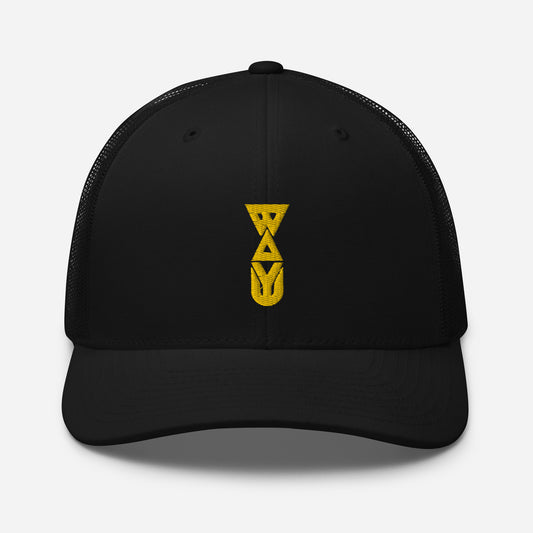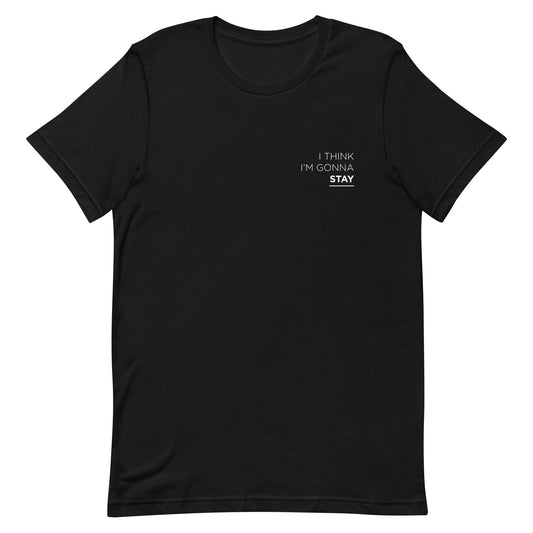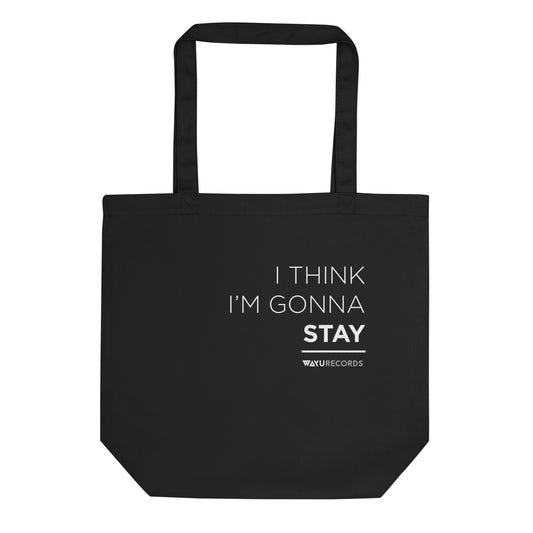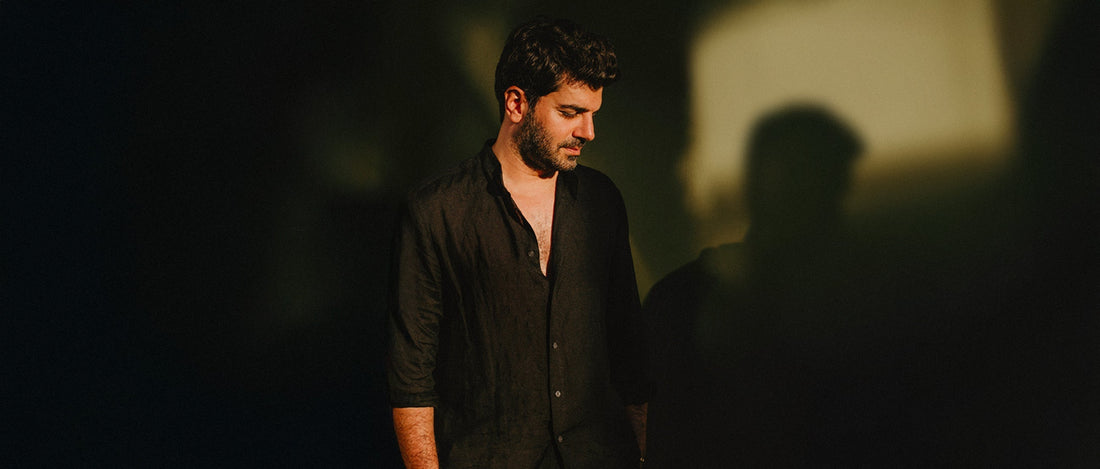
Zoa: The Cinematic and Organic World of Ben & Vincent’s Latest EP
In the ever-evolving world of electronic music, few artists manage to seamlessly merge deep philosophical concepts with boundary-pushing soundscapes. Ben & Vincent, a project defined by its duality and depth, achieves just that with his latest EP, Zoa. Drawing inspiration from William Blake’s mythical Zoas and the balance of opposing forces, Zoa is more than just an auditory experience—it’s a journey through the realms of human consciousness, cinematic storytelling, and organic textures.
1. What inspired the theme of Zoa, particularly the connection to William Blake’s mythical Zoas and their representation of human consciousness?
I have a good friend, Camila, a lovely Brazilian literature scholar who lives in Lisbon. She is very knowledgeable about literature and introduced me to William Blake and his work. Blake wrote a piece called The Marriage of Heaven and Hell, where he criticizes the dualism of good and evil promoted by organized religion. Blake sees energy as the driving force of existence and redefines Heaven and Hell: Heaven represents reason and restraint, while Hell represents energy and passion. Both are not opposites but complementary and necessary for the balance and progress of the human soul. He has influenced countless artists, including Bob Dylan, The Doors, and Van Morrison.
I felt very drawn to his perspective, as balancing complementary forces has been my personal mantra in life. This is also reflected in my artist name, Ben & Vincent. One represents the rational, light, and organized side of me, while the other embodies my creative, dark, and chaotic energy.
Blake’s Zoas, in his mythology, represent the interplay of opposing forces, similar to the central theme of The Marriage of Heaven and Hell. As a homage to Blake, I decided to name the EP Zoa.
Camila’s voice can be heard on the track Rintrah, reciting the proverbs of Hell by William Blake.
Now, will the casual listener catch any of this? Probably not. But I like my music to have depth.
2. “Emily’s Prelude” is a stunning collaboration with Will Hyde. How did this partnership come about, and what was the vision behind blending orchestral and electronic elements?
I crossed paths with Will in Lisbon over a year ago. He is an astonishingly talented film composer, and I’m mostly in awe whenever I visit his studio to hear some of his latest works. It’s no surprise that he’s currently writing music for Disney and has worked with Hans Zimmer in the past.
Musically, we were looking for a point of overlap, as we’re both drawn to the otherworldly and unique soundscapes of Danny Elfman and Tim Burton. When I brought this up as a potential direction for collaboration, Will mentioned a melody he had composed around ten years ago but had left untouched since. Fortunately, he found it on an old, nearly forgotten hard drive, and we used it as the starting point for the collaboration. I believe his orchestral piece is one of the most unique compositions you’ll find in electronic music.
It’s very unusual to include a piece like this in modern electronic music, but that’s exactly what we wanted: to take listeners on a journey and introduce them to sounds they haven’t heard in this context before.
3. Your collaboration with Magupi on “Rintrah” creates a mystical narrative. How did you work together to shape its organic textures and haunting melodies?
Magupi is not only an incredible musician but also one of the kindest artists I’ve ever met, so it was a joy to finally collaborate on a track.
After drafting the first versions of Rintrah, I imagined mallets (vibraphone, marimba…) would be a great fit. I sent him the track, asking if he’d like to jam on it. When working with a great musician, I like to give them space creatively, so I only included a small piano riff to hint at the vibe. Just two days later, he sent me tons of recordings to choose from.
It was probably the most straightforward and quickest collaboration I’ve ever done, but I guess that’s the benefit of working with extremely talented musicians.
4. The remixes on Zoa add unique dimensions to the originals. How do you feel about the reinterpretations by Timboletti, Ohxalá, Akira Arasawa, and makeke?
It still feels surreal to have these artists collaborate on this EP. I’ve been following and loving their music for a long time, and what I appreciate most is that they’ve all created their own sound. They share a curiosity to try new things, explore new sounds, leave their comfort zones, and dive into something unfamiliar and interesting.
Receiving these remixes one by one was an absolute delight. Each of them is unique in its own way—versatile and colorful.
5. “Flying Circus” closes the EP with an uplifting, playful energy. What inspired this track, and how does it contrast with the other pieces on the release?
I like exploring new sound worlds that differ from the usual sounds we hear in this space. With Flying Circus, I wanted to create something uplifting, fun, and bouncy. I was fortunate enough to hear my dear friend Lemurian drop this at a really fun event that I also attended a short time after I had finished the tune. It was quite fun to see people jump and bounce around to it.
6. The EP feels like a journey through different facets of emotion and sound. How do you want listeners to experience this sonic storytelling?
I do get bored staying in one sonic space for too long. What I find more interesting are musical journeys through different types of moods, while still connecting them through depth and cinematic storytelling.
The EP features whimsical downtempo and otherworldly tunes, shamanic vibes, tribal and uplifting uptempo, and even Timboletti’s remix, which is such a powerful and dynamic techno-ish interpretation.
7. Zoa blends cinematic depth with organic and electronic elements. How do you balance these influences in your creative process?
My creative process is mostly intuitive, not rational. I compose and explore what the sounds feel like. If I feel I’m onto something, I proceed to finish the track, but I never know where I’ll end up when I start.
Sometimes it feels like I’m channeling creativity from somewhere unknown. I’ve heard big artists say their creativity comes from “God,” the “Universe,” or their “Inner Child.” Whatever you want to call it, I relate to the idea that it comes from an intuitive space that can’t really be rationally explained.
8. What do you hope listeners take away from Zoa, and how does this release reflect your evolution as an artist?
I hope listeners hear perspectives of sounds that feel new and interesting, taking them on a sonic journey.
Creating music that sounds different from the norm has its downsides, as it often reaches fewer people. I know that producing more mainstream sounds would help me grow as an artist much faster. However, I truly believe that music with more depth may reach fewer people, but it will impact them on a much deeper and more meaningful level.
I feel very fortunate to have found WAYU, a label that shares my excitement for this type of music. While most other labels will only sign and focus on commercially successful music or tracks that work on the dance floor with big breaks and epic drops, WAYU has trusted and supported my music even though might not fall in those categories different.
Ben & Vincent - Zoa is Out Now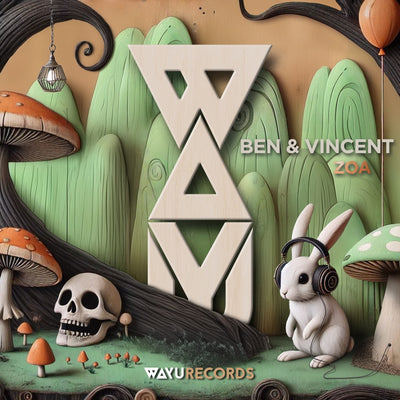
Follow Ben & Vincent: Instagram | Spotify | Soundcloud

